GST Council ushers in GST 2.0: Two-tier tax slabs of 5 and 18 per cent effective september 22
- EP News Service
- Sep 03, 2025
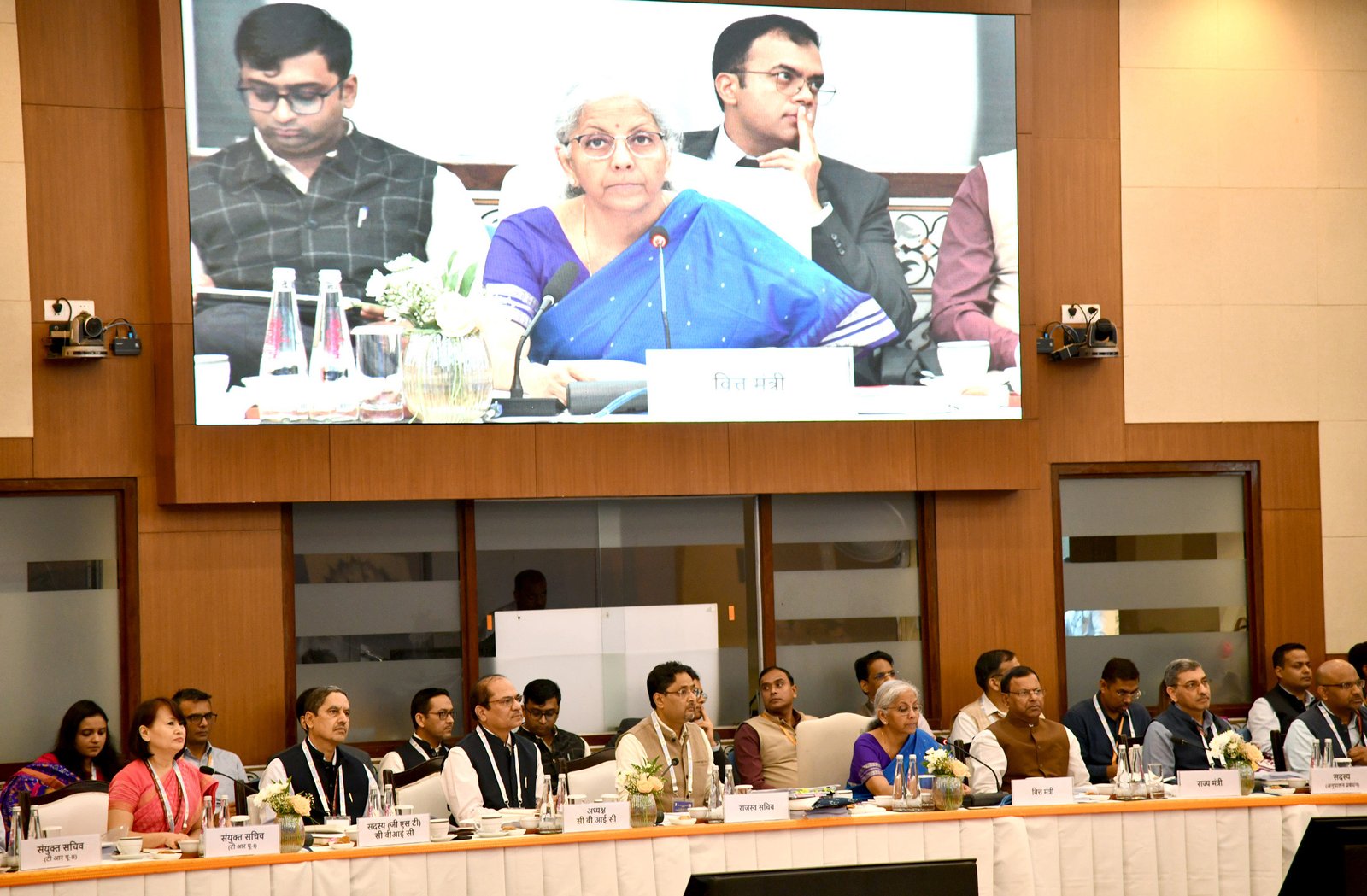
Finance Minister Nirmala Sitharaman chairs the 56th meeting of the GST Council
NEW DELHI: In a landmark decision aimed at simplifying India's indirect tax system, the 56th meeting of the GST Council, chaired by Finance Minister Nirmala Sitharaman on September 3, 2025, approved the rationalization of GST rates. The Council abolished the 12% and 28% slabs and introduced a revamped two-tier Goods and Services Tax (GST) structure, featuring slabs of 5% and 18%, along with a special 40% rate for sin goods, such as tobacco and high-end automobiles. These sin goods will continue under the existing GST and compensation cess rates until the loan and interest obligations under the compensation cess account are fully discharged. This overhaul, dubbed "GST 2.0," streamlines compliance and aims to boost consumer spending.
The new regime is set to take effect from September 22, 2025, following a marathon 10.5-hour meeting. The decision was reached unanimously, with all states supporting the changes despite initial concerns over revenue implications.
After the meeting, Finance Minister Sitharaman said, "These reforms have been carried out with a focus on the common man. Every tax on the common man's daily-use items has gone through a rigorous review, and in most cases, the rates have come down drastically. Labour-intensive industries have been given strong support. Farmers, the agriculture sector, and the health sector will benefit. Key drivers of the economy will be given prominence."
Key highlights of the reforms include tax reductions on various consumer essentials to stimulate domestic demand. For instance, rates on items like soaps, shampoos, toothbrushes, tableware, and kitchenware have been lowered to 5%. Ultra-high-value goods, such as spectacles and goggles for vision correction, will now attract 5% GST, down from 28%. Items like paneer, chenna, and all varieties of Indian breads, including parathas, have moved from 5% to nil GST. Consumer durables such as air conditioners, televisions, dishwashing machines, small cars (petrol engines up to 1200cc, diesel up to 1500cc, length under 4m), and motorcycles up to 350cc have been reduced from 28% to 18%. Cement will also see a reduction from 28% to 18%. Additionally, 33 life-saving drugs and medicines have been moved from 12% to nil GST.
The special 40% rate targets demerit or sin goods, such as tobacco, pan masala, gutkha, cigarettes, zarda, and luxury cars costing ₹50 lakh and above. No immediate decision was made on levies exceeding this threshold for these goods, with the Finance Minister authorized to decide the transition date once compensation cess obligations are cleared.
The move is projected to result in a revenue shortfall, with estimates ranging between Rs 47,700 crore and Rs 93,000 crore annually, prompting states like Jharkhand and Jammu & Kashmir to seek a revenue protection mechanism from the Centre. The existing compensation cess will continue until October 31, 2025, to help mitigate short-term losses.
Experts hail the simplification as a step toward easier business operations and reduced litigation, though businesses will need to adapt quickly to the new rates. The Council also approved measures to reduce compliance burdens, such as cutting GST registration timelines to three days for non-risky applicants and processing export refunds within seven days. Discussions on further tweaks, including GST on health insurance and drones, were deferred, signaling potential future adjustments. This reform marks the most significant GST update since its inception in 2017.





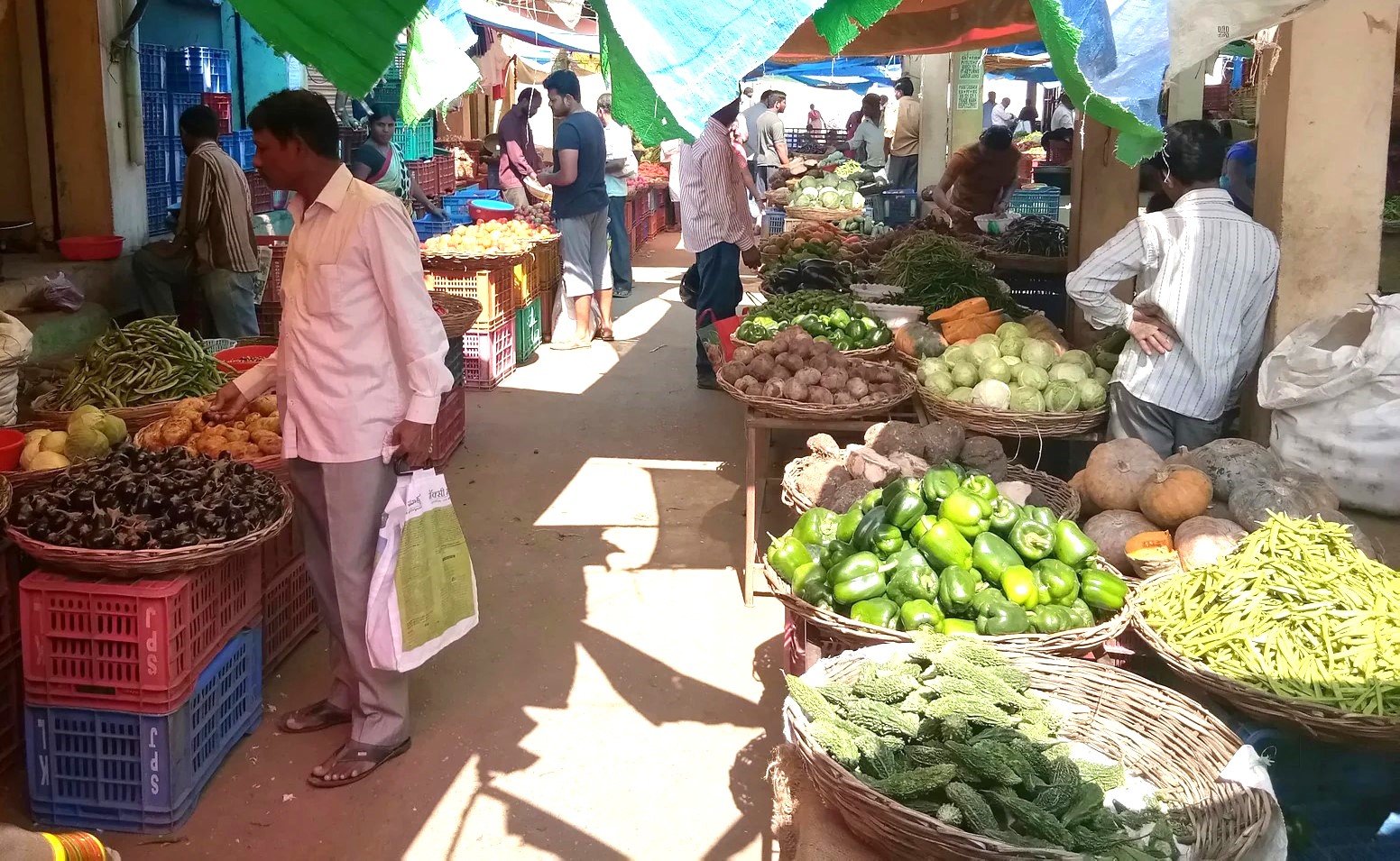
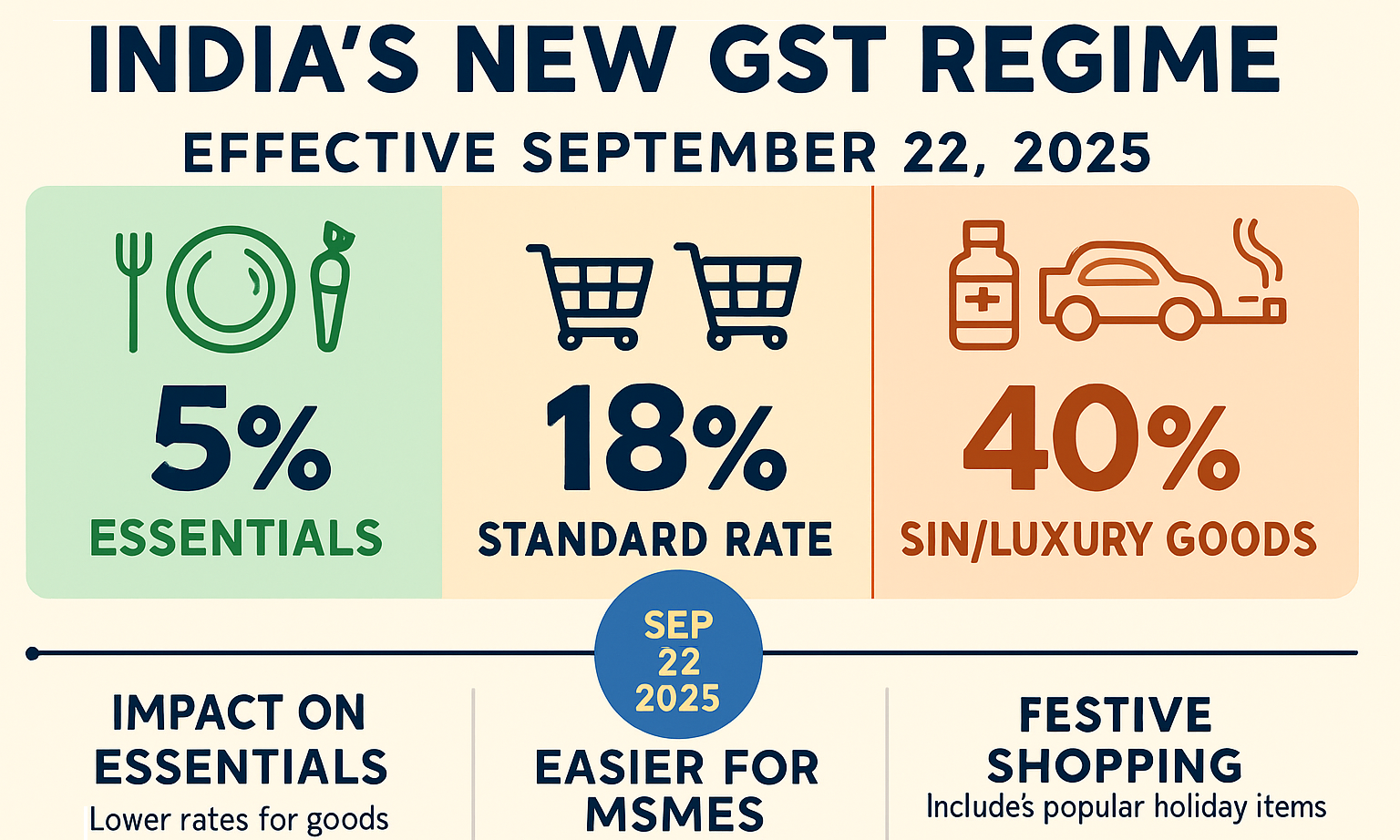

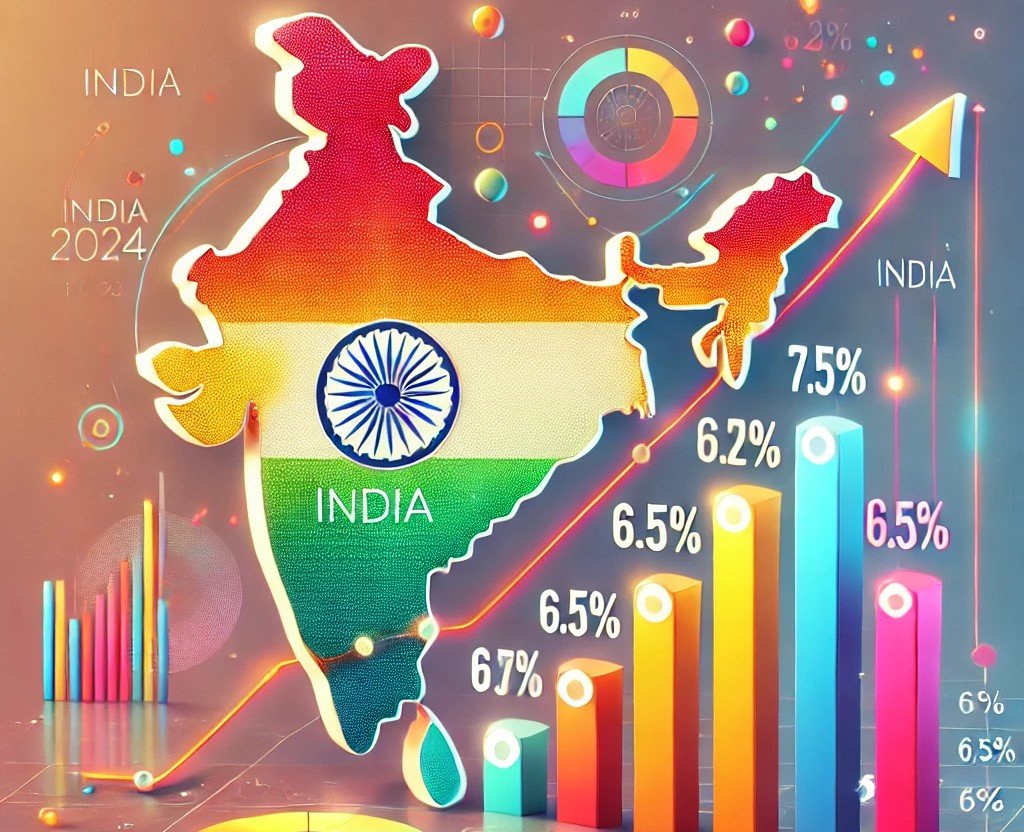
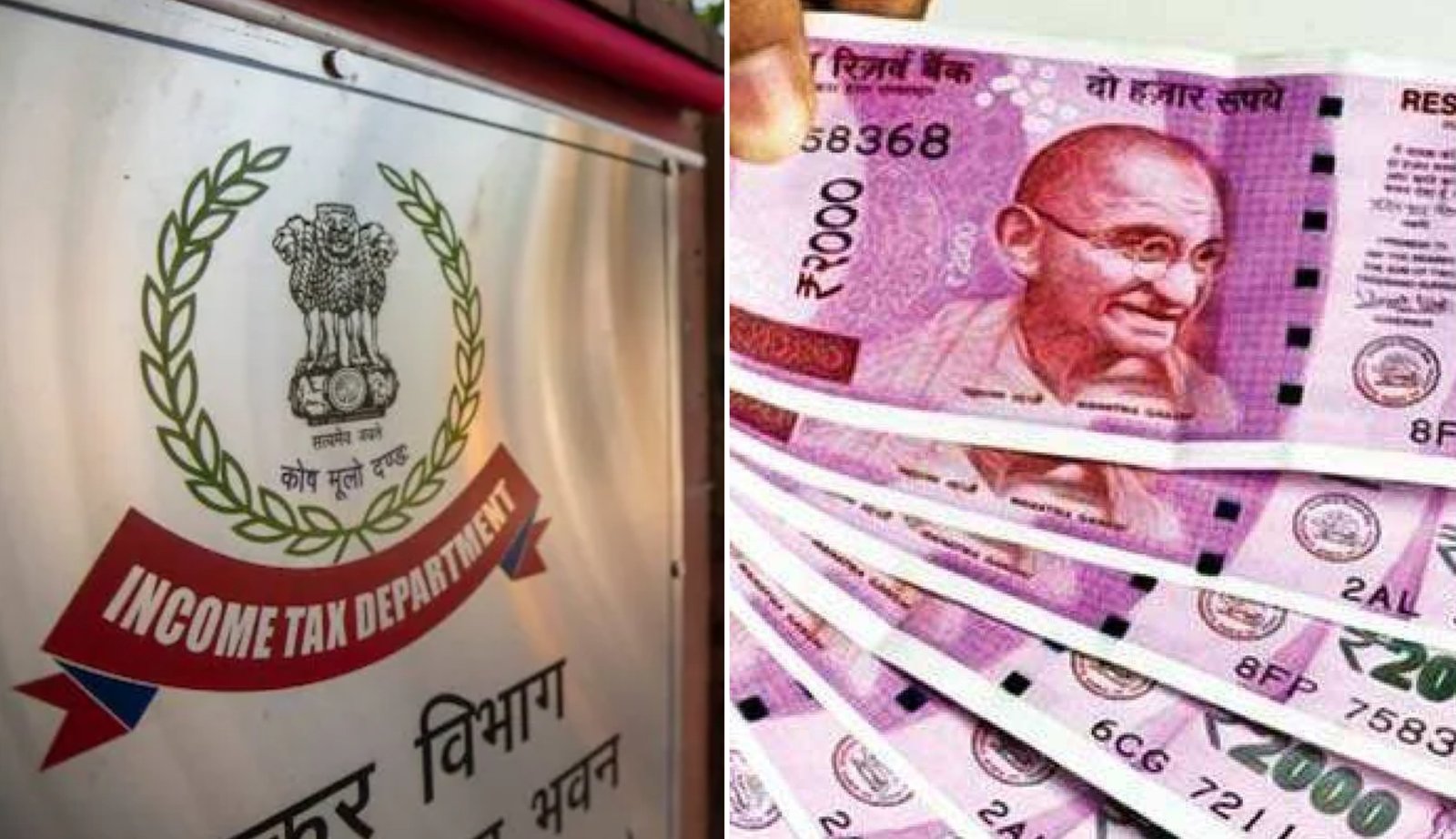
Reporter
Crisp, and to the point news coverage from India and around the world.
View Reporter News